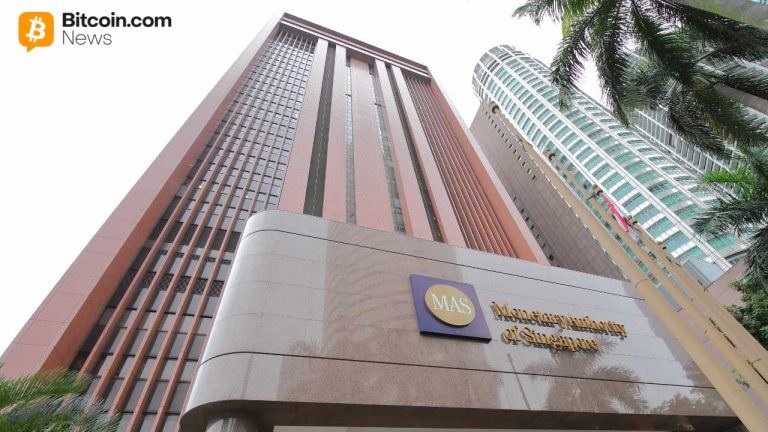Fed’s Barr sounds a cautionary note about additional rate cuts
2 min read

Bloomberg News
Federal Reserve Gov. Michael Barr called for a cautious approach toward further interest-rate cuts, emphasizing the possibility that tariffs will create persistent inflation.
“Common sense would indicate that when there is a lot of uncertainty, one should move cautiously,” Barr said Thursday in remarks prepared for an event with the Economic Club of Minnesota.
Fed officials “should be cautious about adjusting policy so that we can gather further data, update our forecasts, and better assess the balance of risks,” he said.
The central bank last month
In projections released alongside the decision, officials penciled in two additional rate cuts this year, according to the median estimate.
Barr said that while the immediate effects of President Donald Trump’s tariff policies on inflation have been smaller than forecasters expected, there is a possibility that price increases still lie ahead as firms run down existing inventories and seek to normalize profit margins by passing on higher costs.
“While, in principle, tariffs are a one-time increase in prices and should not sustainably raise inflation, that may not be the case if prices keep rising month after month and affect expectations,” Barr said.
“There has been nothing ‘one-time’ or predictable about these tariff increases,” he said. “At some point, businesses and consumers could start to make pricing, spending, and wage decisions based on their belief in higher future inflation, thereby driving a cycle of persistence.”
On the labor market, Barr said it is hard to assess how much of the slowdown in job creation in recent months is due to softer demand. He highlighted measures that he said suggest labor supply and demand remain in “rough balance,” such as the ratio of job openings per unemployed worker.
“That said, even if the labor market is still roughly in balance, the fact that this balance is being achieved from simultaneous slowing in labor supply growth and in hiring suggests that the labor market is more vulnerable to negative shocks,” Barr said.
Fed officials will make their next interest-rate decision at their gathering on Oct. 28-29.
“We have to decide at our next meeting: Do we move down another step, which might help on the labor-market side but might present additional risks on the inflation side?” Barr said during a Q&A session following his speech. “That’s what makes the choice very difficult.”







